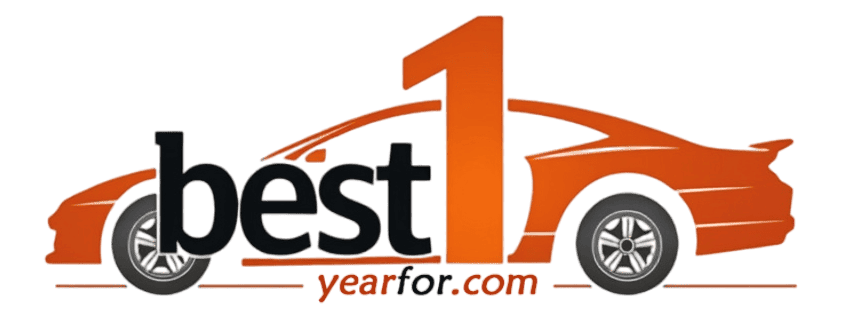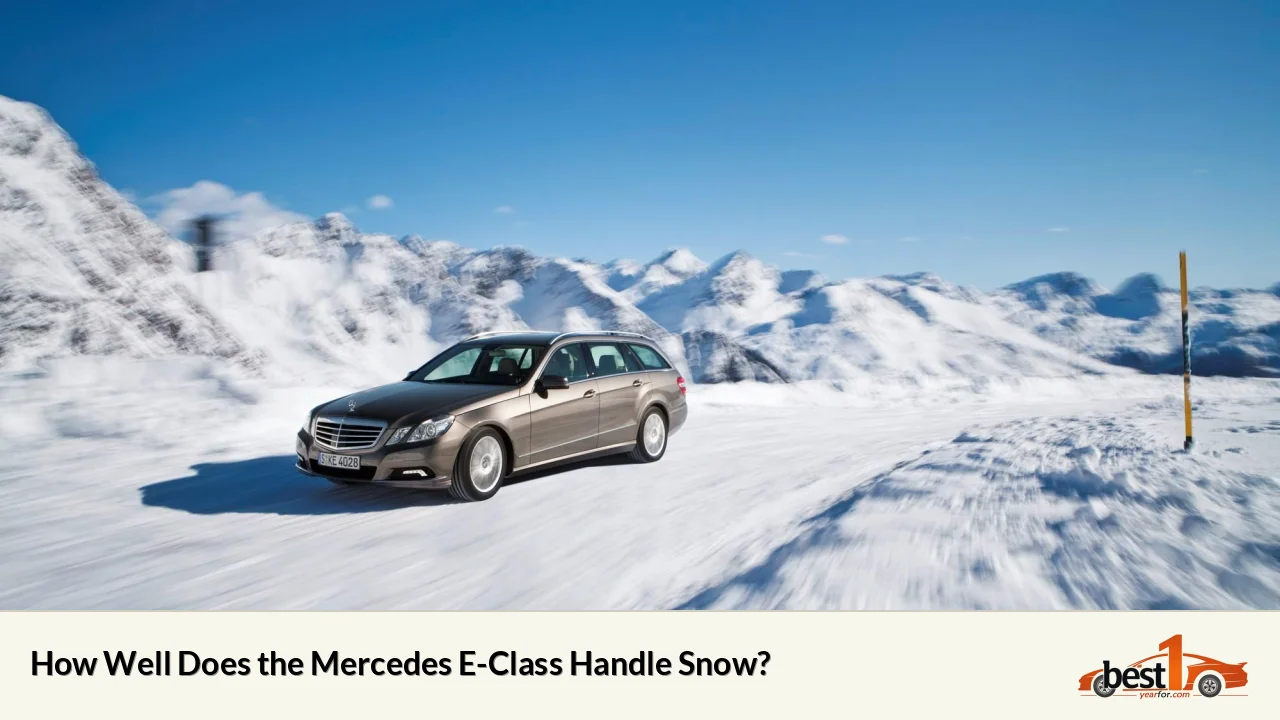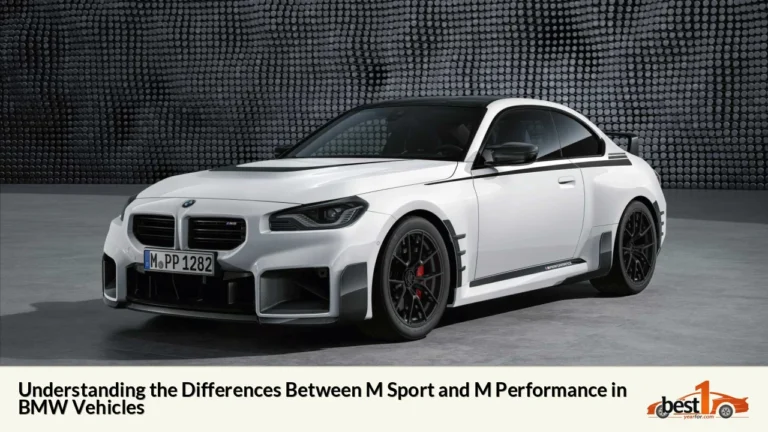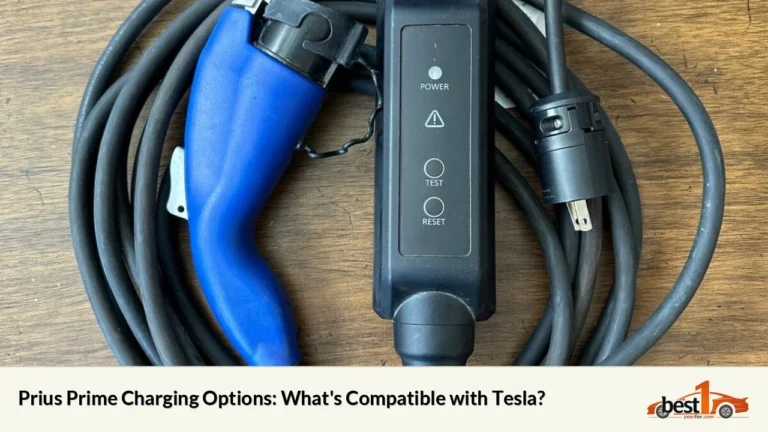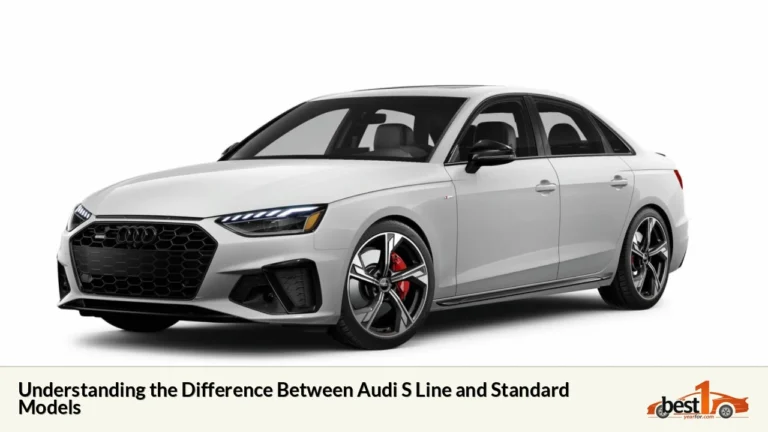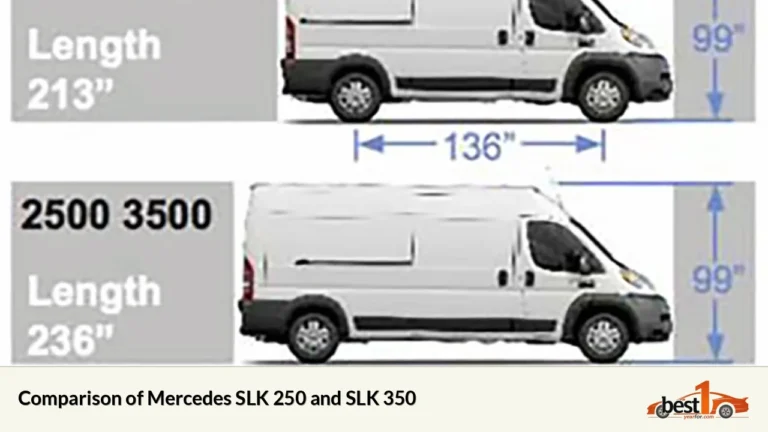When considering the performance of the Mercedes-Benz E-Class in snowy conditions, several factors come into play, including the specific model, drivetrain configuration, tire choice, and driving conditions. The E-Class is generally well-regarded for its winter capabilities, particularly when equipped with the right features and tires.
Overview of E-Class Winter Performance
The Mercedes-Benz E-Class is equipped with advanced technology that enhances its performance in snow. The most notable features include:
- 4MATIC All-Wheel Drive: This system provides improved traction by distributing power to all four wheels as needed, which is particularly beneficial on slippery surfaces.
- Electronic Stability Program (ESP): This feature detects wheel slippage and adjusts power delivery to maintain control, enhancing safety during winter driving.
- Adaptive Headlights: These improve visibility in poor weather conditions, ensuring that drivers can see and be seen.
Winter Driving Features Comparison
| Feature | Description |
|---|---|
| 4MATIC AWD | Provides enhanced traction and stability on snow and ice. |
| Electronic Stability Control (ESP) | Helps prevent loss of control by adjusting power to slipping wheels. |
| Winter Tires | Essential for optimal performance; significantly improve grip and stopping distance. |
| Heated Components | Heated seats and steering wheels add comfort during cold weather driving. |
Importance of Tire Selection
One of the most critical factors affecting the E-Class's performance in snow is tire choice. While the 4MATIC system improves traction, it is not a substitute for winter tires. Users consistently report that winter tires drastically improve handling, braking, and overall safety in snowy conditions.
- All-Season vs. Winter Tires: All-season tires may suffice in light snow but can become ineffective in deeper snow or icy conditions. Winter tires are designed with softer rubber compounds and deeper treads that provide better grip on snow and ice.
- User Experiences: Many E-Class owners emphasize that without winter tires, even vehicles equipped with 4MATIC struggle significantly in snow[1][2][3].
Real-World Performance Insights
Numerous drivers have shared their experiences regarding the E-Class's performance in winter conditions:
- RWD Models: Some users report that RWD models can handle light snow effectively if equipped with winter tires. However, they caution against relying solely on RWD without proper tire preparation[4][5].
- 4MATIC Models: Owners of 4MATIC-equipped E-Class vehicles report much better performance in snowy conditions compared to RWD versions. Many have successfully navigated through heavy snow without significant issues when using appropriate winter tires[6][7].
- Driving Techniques: Proper driving techniques are also essential. Drivers recommend maintaining a steady speed, avoiding sudden movements, and utilizing features like ESP to enhance control during snowy drives[8][9].
Conclusion
In summary, the Mercedes-Benz E-Class can perform admirably in snowy conditions when equipped with the right features and winter tires. The 4MATIC all-wheel-drive system significantly enhances traction and stability, making it a suitable choice for winter driving. However, it is crucial to equip the vehicle with dedicated winter tires to maximize safety and performance.
FAQs
- Does the E-Class handle well in deep snow?
The E-Class performs better in deep snow when equipped with winter tires; otherwise, it may struggle. - Is 4MATIC necessary for winter driving?
While not strictly necessary, 4MATIC greatly enhances traction and stability on slippery surfaces. - Can I use all-season tires in the snow?
All-season tires can work for light snow but are not recommended for severe winter conditions. - What should I do if I get stuck in the snow?
If stuck, try to remain calm, avoid sudden acceleration, and gently rock the car back and forth if possible. - How important are heated seats in winter?
Heated seats provide added comfort during cold weather but do not affect driving performance.
Citations:
- 1. https://www.huskermercedes.com/blog/2019/september/20/do-mercedes-benz-vehicles-drive-well-in-the-snow.htm
- 2. https://www.mercedes-benz-laval.ca/en/news/view/winter-driving-tips-if-this-is-your-first-winter-in-a-mercedes-benz-ev/135601
- 3. https://mbworld.org/forums/e-class-w212/523500-winter-e-class.html
- 4. https://forums.edmunds.com/discussion/7326/mercedes-benz/e-class/how-does-the-rwd-e-class-handle-in-the-snow
- 5. https://www.mercedesofannapolis.com/article/stay-safe-this-winter-with-the-latest-features-from-mercedes-benz
- 6. https://www.reddit.com/r/mercedes_benz/comments/clcym3/are_mercedesbenzes_good_in_the_snow
- 7. https://www.youtube.com/watch?v=XkatG6y13cU
- 8. https://pistonheads.com/gassing/topic.asp?f=96&h=0&t=1659413
- 9. https://www.youtube.com/watch?v=tM8lvRo2QVU
